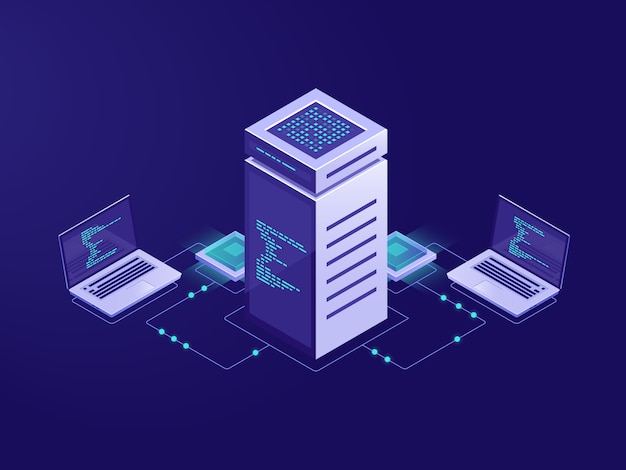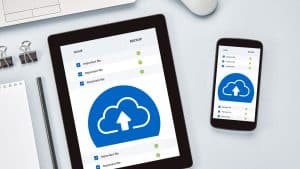Here are the best practices in order to pollute as less as possible with our emails.

The pollution generated by internet is less known due to its dematerialized nature. Terms like “Cloud” can be misleading. Indeed, we have a tendency to think that stocking data does not require any physical facility.
However, all the data collected online is stored in data centers. And, they pollute a lot. Especially emails that represent a non-negligible part of said pollution but remain one of the aspects which are easier to control.
And here is how we can do so:
Compress attached files
An email containing a 20 MB attached file generates 20g of CO2. By compressing the size of the file you wish to send, you can limit the energy consumption for sending and storing emails.
Thus, if you want to send heavier files, don’t forget to use tools like WeTransfer, which only stores the file for a couple of days.

Avoid unnecessary emails
This point may seem absurd. But reducing the number of emails is relevant since we know that sending and receiving an email requires the activation of a data center. In addition, more than 10 billion mails are sent each hour.
Try to say everything that needs to be said in a single email and avoid unnecessary one like “Are you here?” or “Thank You”.
Delete the history of sent emails
In order to reduce the size of emails, try to separate them. Firstly from the chain of previously sent messages. These chain messages are not very useful since they make the message heavier. In addition, your receiver already knows the content of the discussion.
Limit the number of receivers
The more an email has receivers, the more it pollutes: they are stored in the data center of the sender and the data center of every receiver (in multiple copies for safety reasons). Limit the number of receivers and only send the email to the concerned individuals.
Unsubscribe from Newsletters
By unsubscribing from newsletters, you not only avoid your inboxes unnecessary clutter but also avoid generating CO2 when sending and for the storage of an email you might never read.
Sort out your emails on a regular basis
Regularly sort out your email inbox in order to keep control: Delete unnecessary or unopened emails. Storing emails pollutes more than sending: Take the time to delete unimportant emails that you will never read.
By deleting 500 emails, you can save a tree: Isn’t that a beautiful incentive?
If your interested, you can read more about Cleanfox reforestation project here
In order to help you accomplish these new tasks, try out cleanfox, the smart website that allows you to unsubscribe and delete your newsletters in a few clicks.






